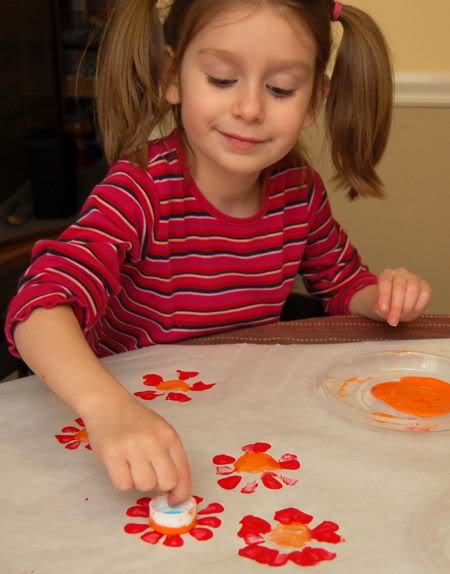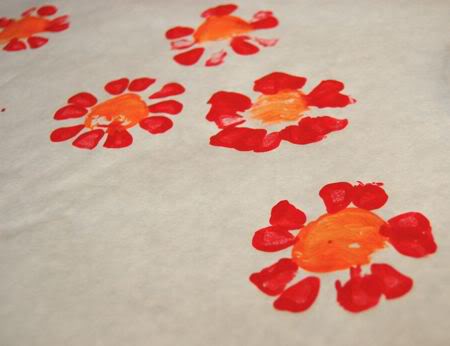TOP 10 starting with #10
I want to ease my workload for the summer. One way I plan to do this is to eliminate the pressure of having to have a blog posted each Monday. I know you understand my desire to spend a little more quality time with my family and friends. So where does this leave the blog you ask? It will still magically appear each week but the content will be repeats. I will begin with fresh new material August 13, 2012. Starting today you will begin a count down of our 10 most popular posts!
Holding the 10th spot is the Guest Blog by Jenna Rayburn. Enjoy! It IS fantastic.
OMG! (as in Oh My Goodness) You HAVE to read this post by Jenna Rayburn and you MUST start following her blog! This gal is one of my favorite go to people for great and creative therapy ideas!! She has made my list of (insert angelic ♫♪♫ sound here) "SLP Goddesses" like Cindy Meeser!
Jenna is an SLP from Ohio working with preschool and elementary speech kids. She has all the alphabet soup at the end of her name making her qualified to work magic ;) She is bubbly and fun and one of the sweetest gals you could ever meet.
When I read her blog on how to take Pinterest images and create your own picture boards for therapy activities, I knew I would have to share that with you because it is too good to miss!! I thank God for creative people like Jenna.
Used with her permission here's her recent blog post.
The app I used is called Tapikeo and available at this time for $2.99 in the app store. Tapikeo allows you create your own audio-enabled picture books, storyboards, audio flashcards, and more using a versatile grid style layout. Check it out for yourself in the itunes store here.
First I opened Pinterest on my ipad and decided I would make an activity working on labeling verbs. I opened their board for actions words.
Then I saved the pictures to my ipad by holding down on them to save.
Next you will head on over to the app and start a new grid. When you click on the empty grid square you will get a screen like this. If you want text to accompany your photo/audio (and I did because I want to support literacy skills!) you can type that in at the top. I type " The boy is ___." Then select 'browse' to add the photos you just saved to the ipad. Then select record. For my grid I saved my voice reading "The boy is." When I use it with younger students, all they need to do is name the verb. For older students working on full sentence generation - I can turn the sound off and they are responsible for developing the whole sentence.
Once I finished adding all my cards (it took me about 5 or 10 minutes) the board looks like this.
When the student clicks on one of the pictures, it expands to fill the screen and the audio/visual joins the picture. This is when my students identified the verb or created a new sentence!
There is also an 'e-book' setting where the app transfers your pictures into more of a slideshow like setting. I kept mine on the grid formation so I could work on receptive language skills at the same time. I had the students pick their picture a few different ways: by following directions with spatial concepts, by answering WH questions, or by listening to clues and making basic inferences.
These boards are easy to make in the app and PediaStaff has done most of the work finding all these great images. What other topic boards would you like to see PediaStaff create?
Holding the 10th spot is the Guest Blog by Jenna Rayburn. Enjoy! It IS fantastic.
OMG! (as in Oh My Goodness) You HAVE to read this post by Jenna Rayburn and you MUST start following her blog! This gal is one of my favorite go to people for great and creative therapy ideas!! She has made my list of (insert angelic ♫♪♫ sound here) "SLP Goddesses" like Cindy Meeser!
Jenna is an SLP from Ohio working with preschool and elementary speech kids. She has all the alphabet soup at the end of her name making her qualified to work magic ;) She is bubbly and fun and one of the sweetest gals you could ever meet.
When I read her blog on how to take Pinterest images and create your own picture boards for therapy activities, I knew I would have to share that with you because it is too good to miss!! I thank God for creative people like Jenna.
Used with her permission here's her recent blog post.
Thursday, March 8, 2012
Turning Pinterest Boards Into A Therapy Activity!
If you follow me on pinterest, you might notice I use it A LOT. A few weeks ago PediaStaff started creating boards with pictures to be used in therapy. They made boards with action pictures, pronouns, problem solving, inferencing and concepts. As soon as Heidi emailed me and told me about them, I knew I could adapt them for speech therapy on the ipad. I figured it would be way more entertaining than printing them all out! About the same time, I won an app called TapikeoHD. After playing with it for a while I realized it was perfect for the PediaStaff pinterest boards. Let me show you what I came up with!The app I used is called Tapikeo and available at this time for $2.99 in the app store. Tapikeo allows you create your own audio-enabled picture books, storyboards, audio flashcards, and more using a versatile grid style layout. Check it out for yourself in the itunes store here.
First I opened Pinterest on my ipad and decided I would make an activity working on labeling verbs. I opened their board for actions words.
Then I saved the pictures to my ipad by holding down on them to save.
Next you will head on over to the app and start a new grid. When you click on the empty grid square you will get a screen like this. If you want text to accompany your photo/audio (and I did because I want to support literacy skills!) you can type that in at the top. I type " The boy is ___." Then select 'browse' to add the photos you just saved to the ipad. Then select record. For my grid I saved my voice reading "The boy is." When I use it with younger students, all they need to do is name the verb. For older students working on full sentence generation - I can turn the sound off and they are responsible for developing the whole sentence.
Once I finished adding all my cards (it took me about 5 or 10 minutes) the board looks like this.
When the student clicks on one of the pictures, it expands to fill the screen and the audio/visual joins the picture. This is when my students identified the verb or created a new sentence!
There is also an 'e-book' setting where the app transfers your pictures into more of a slideshow like setting. I kept mine on the grid formation so I could work on receptive language skills at the same time. I had the students pick their picture a few different ways: by following directions with spatial concepts, by answering WH questions, or by listening to clues and making basic inferences.
These boards are easy to make in the app and PediaStaff has done most of the work finding all these great images. What other topic boards would you like to see PediaStaff create?











